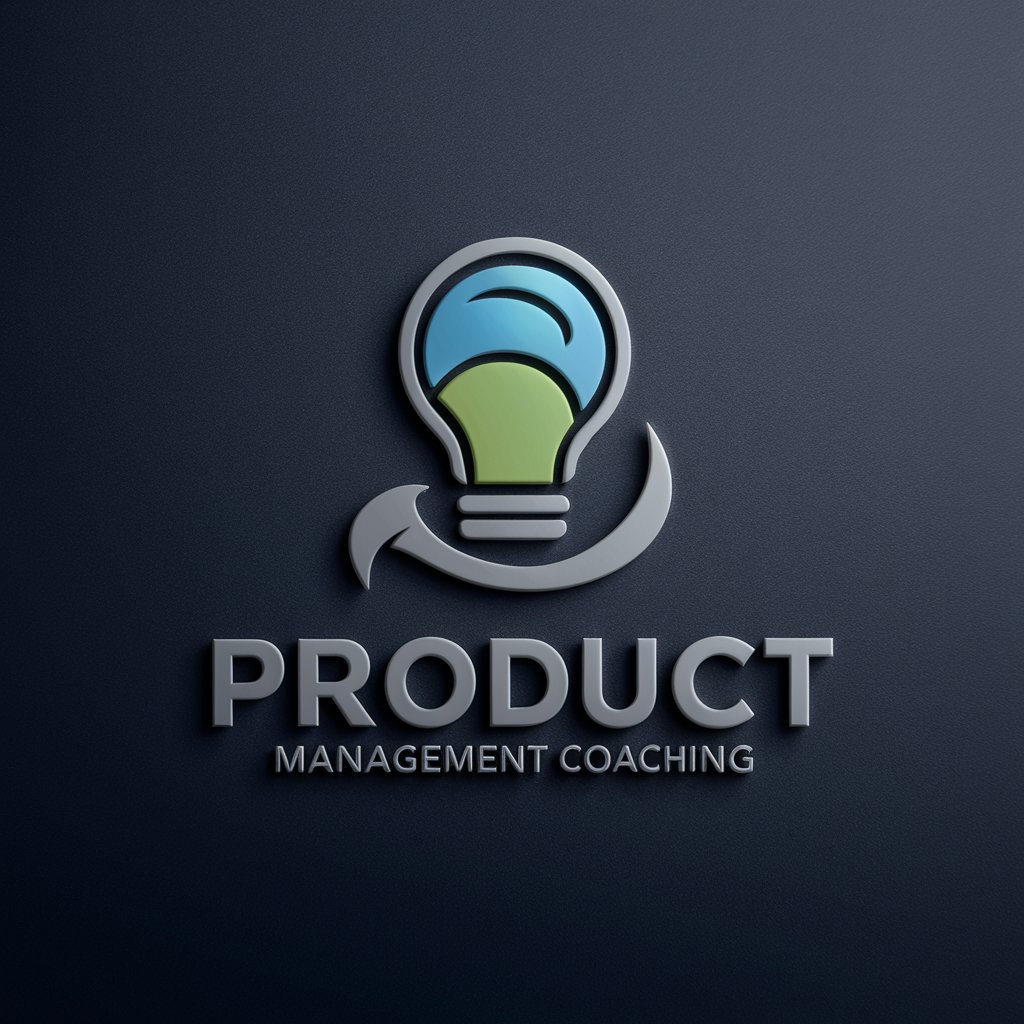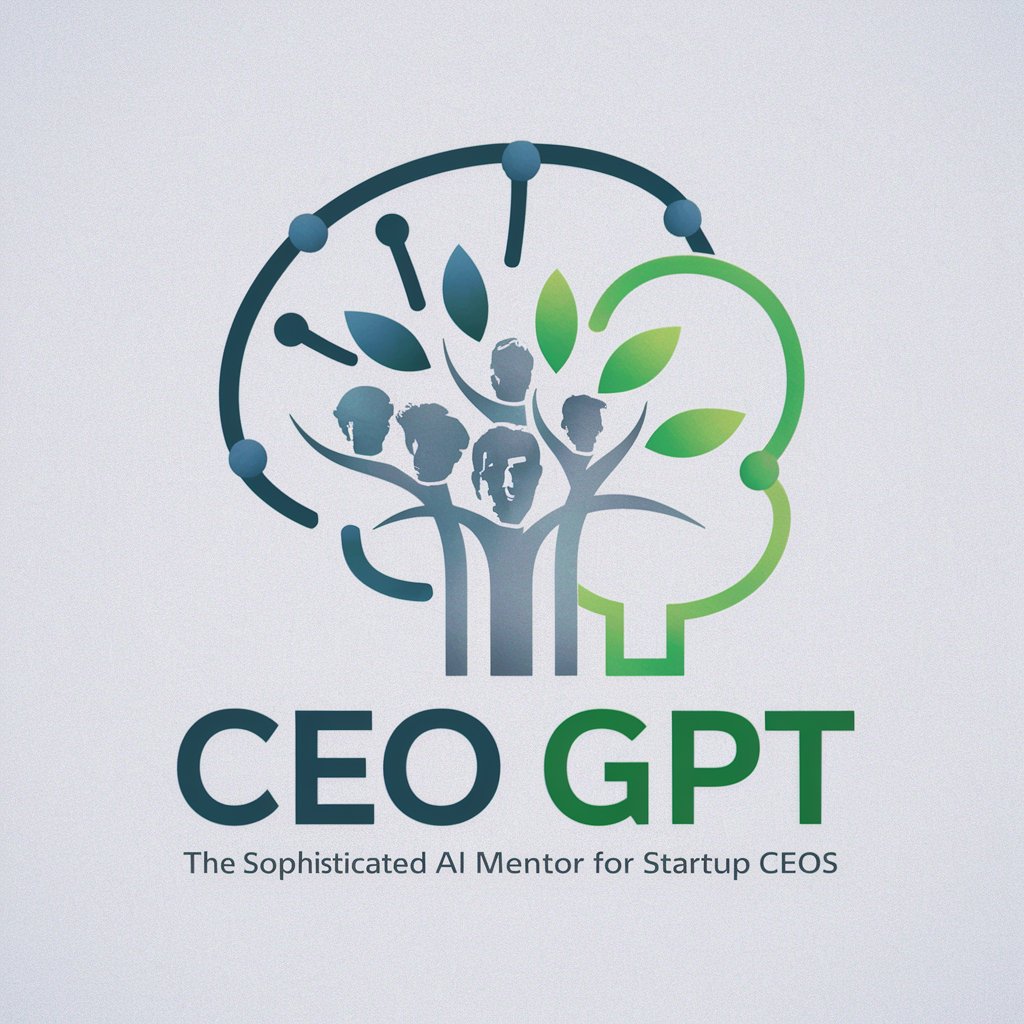
Product Manager-AI product management assistant
AI-powered product planning and story-writing
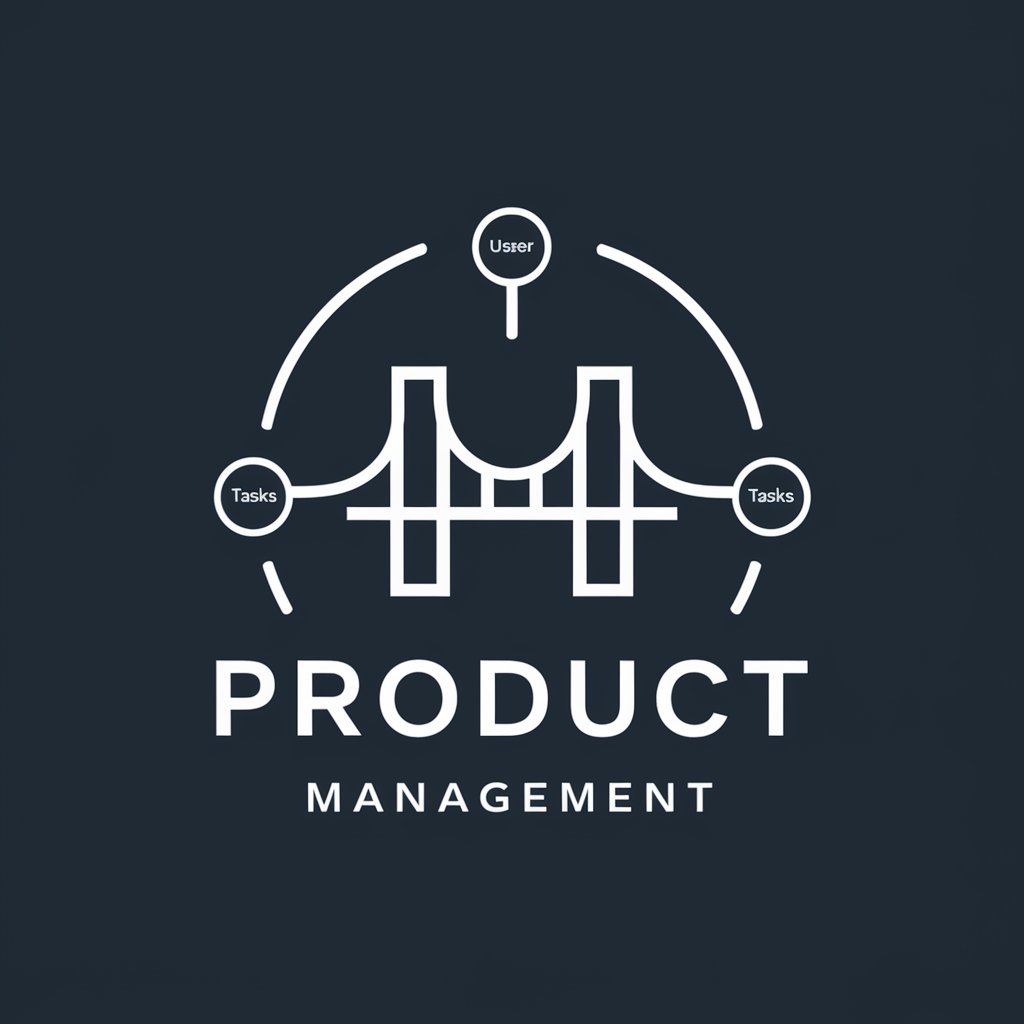
I can write User Stories, Bug Reports, Epics, and Tasks for you!
Can you create a user story for this new feature?
I need a bug report written up for the latest issue.
Please draft a task for the development team.
Help me refine this user story based on our target persona.
Get Embed Code
Product Manager — role, core purpose, and design intent
A Product Manager (PM) is the person who owns the definition, prioritization, and outcome of a product (or product area). The PM sits at the intersection of business, design, and engineering and translates customer problems and business goals into a prioritized plan that engineering and design can deliver. Core purpose and design intent: - ALIGNMENT: ensure stakeholders (engineering, design, sales, marketing, support, execs) share a clear, measurable objective for the product. - VALUE DELIVERY: reduce risk by validating which solutions actually produce customer value and business results before investing heavily. - FOCUS: choose what not to build as deliberately as what to build, given limited resources. - FEEDBACK LOOP: create tight measurement and experimentation loops so decisions are evidence-driven and continuously refined. Typical responsibilities (how the role is organized conceptually): - Strategy & Vision: define the product's north-star, market positioning and multi-quarter roadmap. - Discovery & Validation: run user research, prototype and test hypotheses to discover solutions that matter. - Specification & Planning: write user stories, acceptance criteria, and plan releases/sprints with engineering. Product Manager overview- Go-to-market & Operations: coordinate launch, pricing, sales enablement, onboarding, and customer support flows. - Measurement & Optimization: define KPIs, set up instrumentation and run experiments (A/B tests) to improve outcomes. Illustrative scenarios: 1) Early-stage SaaS startup pivot: the PM runs competitor analysis and customer interviews, identifies an underserved niche, defines a 3-month MVP that targets the niche, writes success metrics (activation, 3-month retention, conversion), coordinates a beta launch, and uses qualitative + quantitative feedback to decide whether to scale, iterate, or pivot. 2) Enterprise feature integration: a PM working at a large company coordinates two engineering teams and a UX team to add SSO and role-based permissions. They write detailed user journeys, prioritize the backlog by business impact and engineering effort, create acceptance criteria, run an internal pilot with two large customers, instrument usage, and manage a staged release with customer success and docs teams to reduce churn risk.
Main product-management functions and concrete use cases
Strategy & Vision (product-market fit, positioning, business model)
Example
A PM defines the 12–18 month vision for a B2B analytics product: target customer segment (mid-market retailers), monetary value proposition (reduce stockouts by 30%), pricing model (seat + usage), and north-star metric (weekly active insights users).
Scenario
Steps the PM takes: 1) run market sizing and competitor mapping; 2) interview 20 target customers to surface unmet needs and willingness-to-pay; 3) build an opportunity canvas with candidate features; 4) define success metrics (ARR growth, activation, retention) and a high-level roadmap; 5) get executive and sales alignment on go-to-market strategy. Deliverables: product strategy doc, success metrics, 3-theme roadmap, investor / exec one-pager. Business impact: aligns investment to the biggest market opportunities and reduces the chance of building low-value features.
Discovery & User Research (hypothesis-driven problem validation)
Example
Before building an in-app budgeting tool, the PM runs interviews, diaries, and analytics to validate that users struggle with monthly savings — not just tracking transactions.
Scenario
Steps: 1) form 3 hypotheses about user pain; 2) run 12 qualitative interviews + analyze product analytics to quantify drop-off points; 3) design rapid clickable prototypes and run 5 moderated usability tests; 4) create a prioritized problem backlog and align on an MVP definition; 5) measure initial success via a small closed beta. Artifacts: user personas, JTBD statements, validated prototypes, prioritized backlog. Outcome: avoids months of engineering work on the wrong solution and surfaces the most impactful features to build first.
Roadmapping & Prioritization (trade-off decisions & sequencing)
Example
Using RICE or WSJF scoring, the PM prioritizes a mix of technical debt, conversion optimization experiments, and a major new payment method integration into a 6-month roadmap.
Scenario
Steps: 1) gather feature requests and technical needs into a single backlog; 2) score items with agreed criteria (Reach, Impact, Confidence, Effort); 3) run a stakeholder prioritization workshop with design, engineering, sales and support; 4) synthesize and publish a roadmap with time horizons (Now/Next/Later) and clear success metrics; 5) review and re-prioritize monthly based on data. Deliverables: prioritized backlog, public roadmap, release milestones. Benefit: transparent trade-offs reduce stakeholder friction and ensure the highest-value work is delivered first.
Execution & Delivery (writing specs, coordinating sprints, QA & release)
Example
The PM leads delivery of a checkout redesign aimed at improving conversion by 5%: writes user stories, acceptance criteria, coordinates frontend/backend releases, and organizes cross-team QA and a phased rollout.
Scenario
Steps: 1) decompose the feature into user stories and define clear acceptance criteria and test cases; 2) participate in sprint planning and daily stand-ups to remove blockers; 3) maintain a release checklist (feature flags, telemetry, docs, support playbook); 4) run pre-release pilot with a small percentage of users; 5) gather metrics post-release and run hotfixes or iterations. Artifacts: user stories, test cases, runbook, release notes. Outcome: predictable deliveries with fewer regressions and measurable impact on conversion.
Go-to-Market & Growth (launch, pricing, funnels, retention)
Example
Launching a paid tier: the PM coordinates pricing experiments, onboarding flows, marketing messaging, sales enablement, and measures conversion from trial to paid.
Scenario
Steps: 1) define target segments and pricing hypotheses; 2) design onboarding flows and messaging tailored to each segment; 3) run A/B tests on pricing and onboarding copy to measure trial-to-paid conversion; 4) produce collateral for sales and customer success; 5) instrument and track funnel metrics (activation, trial conversion, churn) and iterate. Deliverables: launch plan, pricing experiments, marketing/sales collateral, conversion dashboards. Impact: improves acquisition efficiency and revenue per customer by iterating on tangible growth levers.
Measurement & Continuous Optimization (KPIs, analytics, A/B testing)
Example
After release, the PM sets up instrumentation so each product change can be tied to business outcomes — e.g., reduce time-to-first-value from 14 to 7 days.
Scenario
Steps: 1) define north-star and supporting metrics for the feature; 2) ensure events and funnels are instrumented in analytics and product analytics tools; 3) design experiments and success criteria; 4) analyze experiment data and run follow-up tests; 5) feed results back into prioritization. Artifacts: KPI dashboards, experiment plans and results, instrumentation spec. Benefit: builds a data-informed culture where decisions are verified and improved continuously.
Who benefits most from Product Manager services
Startup founders and early-stage teams
Why: Early-stage teams must find product-market fit and spend scarce development cycles on the highest-impact experiments. How they benefit: a PM helps structure discovery (customer interviews, MVP definition), prioritize experiments, create a hypothesis-driven roadmap, and coordinate rapid iterations. Practical value: faster, cheaper validation of core business assumptions and clearer investor-ready artifacts (roadmap, traction metrics).
Product managers and product teams at growth/scale companies
Why: As teams grow, alignment, processes, and focus become harder to maintain. How they benefit: a PM establishes scalable practices (prioritization frameworks, OKRs, release processes), documents product strategy, decomposes Epics into sprint-sized work, and runs cross-functional rituals. Practical value: predictable delivery, reduced scope creep, better measurement, and clearer handoffs between design, engineering and GTM teams.
Designers, engineers, and cross-functional contributors
Why: Engineering and design are most effective when they have clear problems to solve, prioritized teams, and measurable success criteria. How they benefit: PM services provide well-scoped user stories, acceptance criteria, prioritized backlogs, and customer context so designers and engineers can deliver higher-quality work with less rework. Practical value: fewer ambiguous tickets, higher velocity, and work that maps directly to customer and business outcomes.
Business stakeholders, executives, and non-technical leaders
Why: Executives need to ensure product investments align with corporate goals and generate ROI. How they benefit: PM services translate product progress into business metrics (ARR, churn, CAC payback, NPS), present clear roadmaps and trade-offs, and offer scenario analyses for investment decisions. Practical value: better portfolio decisions, clearer investment prioritization, and reduced political friction across the organization.
Consultants, agencies, and investors
Why: External partners and investors need fast, reliable assessments of product strategy and execution capability. How they benefit: PM services provide frameworks for due diligence, product audits, prioritized growth playbooks, and clear roadmaps for value realization. Practical value: faster onboarding of consultants, clearer recommendations for portfolio companies, and better-informed investment choices.
Quick start: Use Product Manager
Visit aichatonline.org to start a free trial—no login or ChatGPT Plus required.
Open aichatonline.org, select the Product Manager GPT and launch the free trial. No account or ChatGPT Plus subscription is required to try core features. Tip: use a modern browser and keep an example backlog or a sample user story ready to paste for faster results.
Define prerequisites and context
Prepare key inputs: project name, target persona(s), platform (web, mobile, API), sprint cadence, current backlog examples, and any style templates. Common use cases include writing user stories, breaking epics, drafting acceptance criteria, producing bug reports, and prioritizing features. Tip: provide one representative story or an outline so the tool mirrors your team’s voice and detail level.
Choose output format and scope
Pick the output type you need: concise user stories, detailed stories with Given/When/Then acceptance criteria, epics, bug reports, test cases, or exports (Markdown, HTML, CSV, Jira-ready fields). Indicate whether you want estimates (story points), priority, or acceptance tests.Product Manager usage guide Tip: request 'Jira format' or 'CSV for bulk import' when you plan to paste directly into tracking tools.
Iterate, refine, and enforce quality
Use iterative prompts to refine artifacts: ask for INVEST-compliant stories, split large epics into sprint-sized stories, request acceptance tests, and ask for DoD (Definition of Done). Common refinements include adding edge-case tests, updating priority, and tightening acceptance criteria. Tip: provide feedback like 'shorter summary' or 'more technical detail' to tune output quickly.
Export, integrate, and operationalize
Copy generated content into your backlog tool or export as Markdown/CSV for bulk import. For automation, convert outputs to Jira/GitHub API payloads or use Zapier/automation scripts. Track versions of templates in a repository and standardize labeling and estimates. Tip: maintain a template library and enforce review checkpoints with engineering before closing stories.
Try other advanced and practical GPTs
Unity, Shader, and Technical Art Expert
AI-powered Unity shader & technical art assistant

Skin Doctor
AI-powered content enhancement at scale

Deep_ART GPT
AI-powered dog portrait generator

Political Analyst
AI-powered political analysis and forecasting

Book Cover Designer
AI-powered book covers — professional designs fast.

Organogram Expert
AI-powered organograms — design and optimize structure

Fiver Gig Generator
AI-powered gig creator — craft Fiverr-ready listings fast.
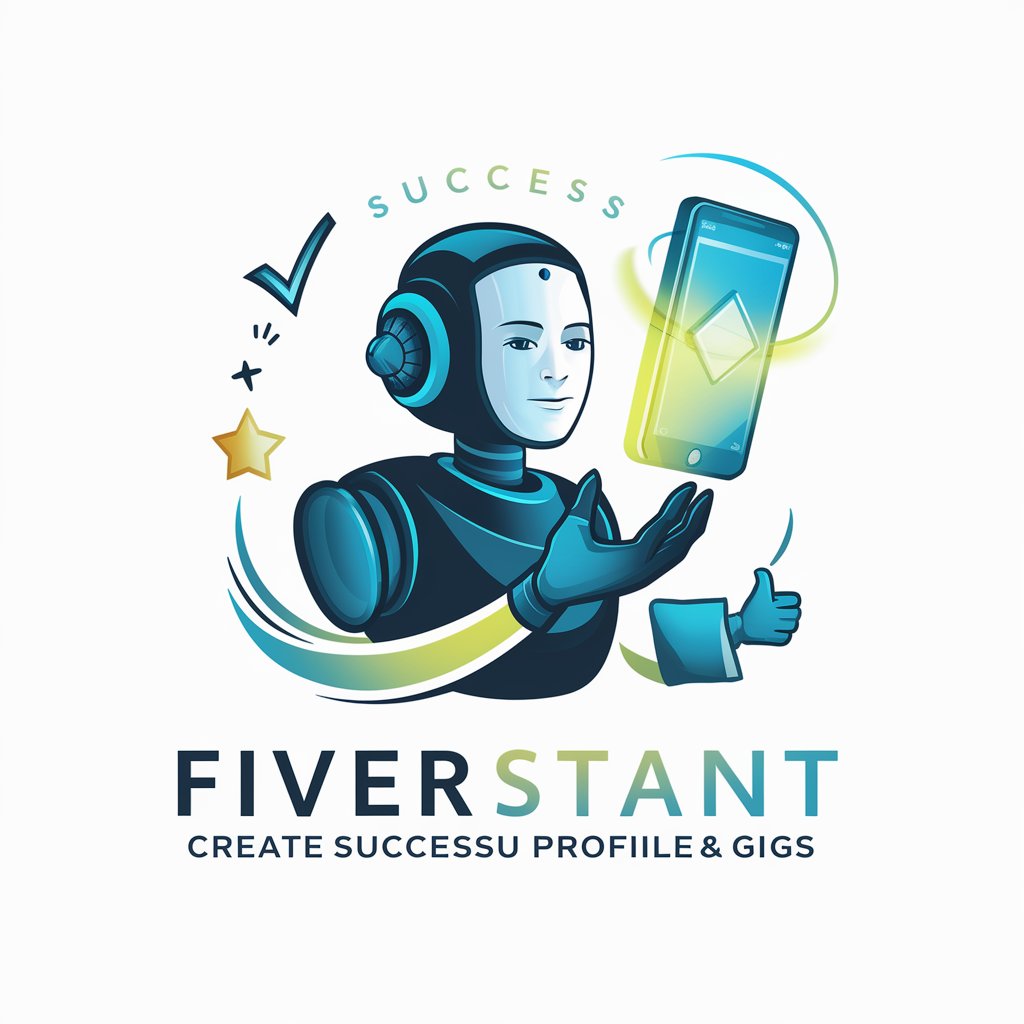
Chef Gourmet
AI-powered chef for personalized recipes

Image to text (image2text)
AI-powered image-to-text conversion

AI新闻
AI-powered news and tool recommendations

R Data Analysis
AI-powered R analytics: generate code, visuals, reports
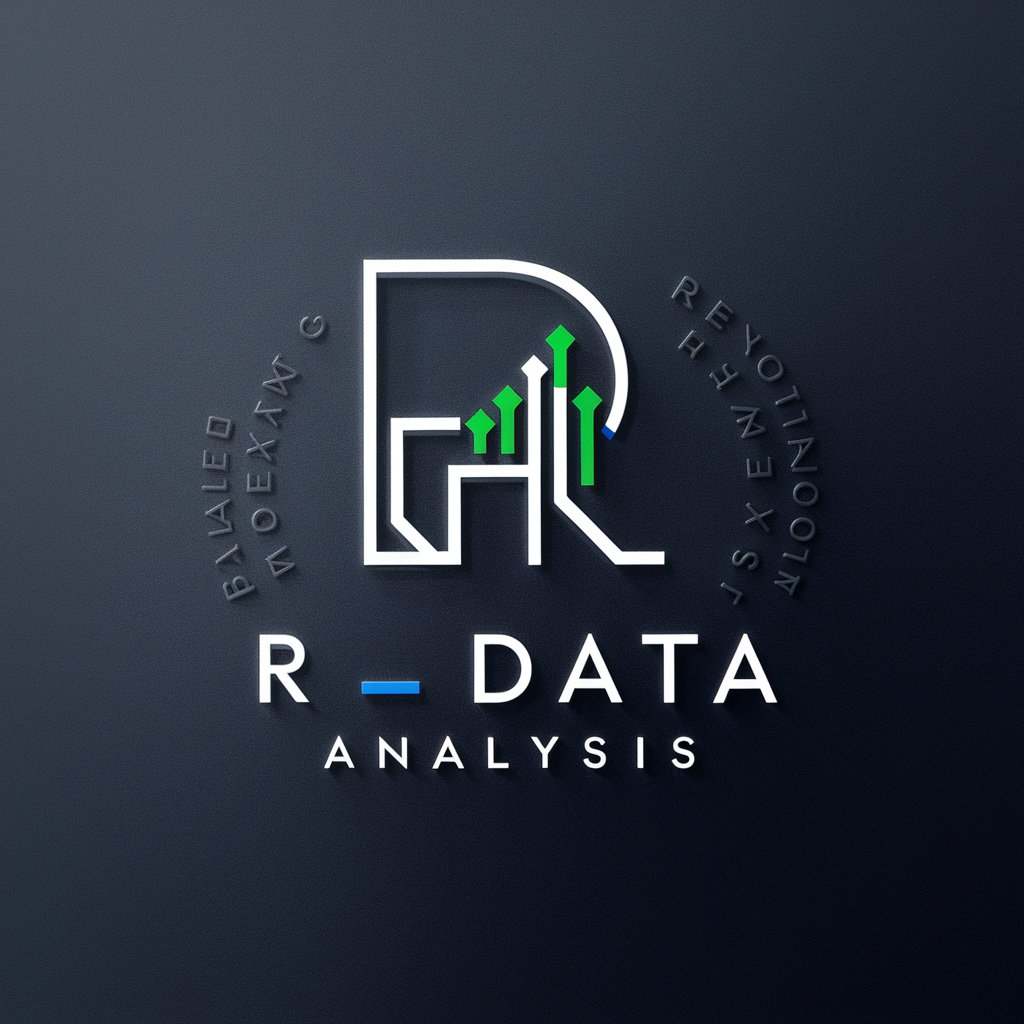
Salafi Sunni
AI-powered Salafi guidance rooted in Quran and Sunnah

- User Research
- Roadmap Planning
- Sprint Planning
- Feature Specs
- Bug Triage
Frequently asked questions about Product Manager
What is Product Manager and what can it do for my team?
Product Manager is an AI-powered assistant tuned for agile product work. It generates user stories, epics, bug reports, acceptance criteria, test cases, and sprint plans. It can break epics into sprint-sized stories, apply prioritization heuristics (RICE, MoSCoW), suggest estimates, and produce Jira- or CSV-ready outputs. Use it to speed backlog grooming, standardize requirements, and create repeatable templates for cross-functional teams.
How do I write a high-quality user story with Product Manager?
Provide persona, goal, and context, then ask for an INVEST-compliant story. Include explicit acceptance criteria using Given/When/Then and request test cases. Example output: As a first-time shopper, I want to create an account so I can save my orders. Acceptance criteria: Given the signup page is loaded, when the user submits valid details, then an account is created and welcome email sent. Ask for DoD, edge cases, and an effort estimate.
Can Product Manager integrate with Jira, GitHub, or other tools?
Product Manager produces tool-friendly outputs (summary, description, labels, priority, estimate) that you can copy-paste into Jira or GitHub issues. For automation, export CSV or JSON and use your platform’s import API, Zapier, or custom scripts to create issues programmatically. Note: direct two-way sync requires platform-side automation; the assistant creates human- and machine-readable artifacts you can wire into existing pipelines.
How does Product Manager handle epics, sprint planning, and estimation?
Start by giving the epic brief and desired sprint length. The assistant will propose vertical slices (stories) with acceptance criteria, suggested story points, and prioritized order. It can recommend which stories to pull per sprint based on capacity, identify spikes and dependencies, and produce a sample sprint plan. Use its outputs as a planner’s draft—validate estimates with your team using planning poker or historical velocity.
Is my data secure and can I use real user information?
Data handling depends on the host platform and deployment. As a best practice, avoid pasting sensitive PII, credentials, or proprietary secrets into any public or third-party instance. Use anonymized or synthetic examples for real-user scenarios, or run the model in a private/on-prem environment if available. Maintain company policies on data sharing and prefer placeholders for sensitive fields.

